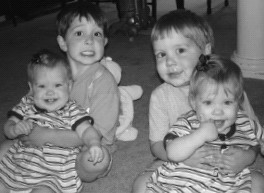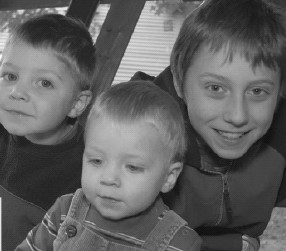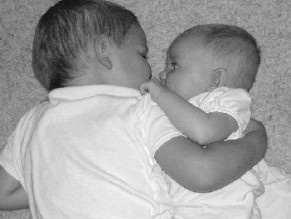By Sophie Aitkin
**Originally published in the Summer 2008 AP in a Non-AP World issue of The Journal of API
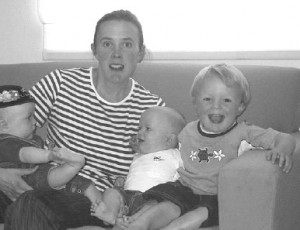
My first baby, Howard, was born in the back seat of our family car on the way to the hospital. My husband continued driving, and I had precious minutes in the back of the car alone with my new baby. As the intense pain of childbirth ceased, I was flooded with an ecstatic love for this little, naked bundle, and the natural process of bonding began.
Naturally AP
From that moment, my instincts took over, and I found myself naturally following the principles of Attachment Parenting (AP), although I was not aware of the literature in this area until later. I slept with him against my body, breastfed him on cue night and day, wore him in a sling wherever we went, allowed him to sleep when it suited him, and tried to be highly attuned and responsive to his needs. I did not leave him with anyone else until he was comfortable to be left, which was when he was nearly two years old and he said emphatically, “Go ‘way, Mama!”
A Non-AP Society
However, I was somewhat surprised to discover that this parenting style, which felt so intuitively right to me, was out of sync with the way that much of society here in Australia expected me to parent. Continue reading AP in a Non-AP World
 “Mom, there’s just seven more days until the first day of fall!” my six-year-old son announced, giving me the usual morning “fall countdown.” “How are we going to celebrate? Can we jump in the leaves?” he asked.
“Mom, there’s just seven more days until the first day of fall!” my six-year-old son announced, giving me the usual morning “fall countdown.” “How are we going to celebrate? Can we jump in the leaves?” he asked.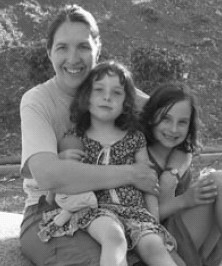
 Becoming a mother can be wonderful – and highly stressful. Sleepless nights, breastfeeding difficulties, a history of trauma, low partner support, or a baby with health problems are all stressors that can put you at risk for depression. Fortunately, there are some steps that you can take to help you cope.
Becoming a mother can be wonderful – and highly stressful. Sleepless nights, breastfeeding difficulties, a history of trauma, low partner support, or a baby with health problems are all stressors that can put you at risk for depression. Fortunately, there are some steps that you can take to help you cope. So many first-time moms are caught off-guard by their emotions after giving birth to the baby they’ve been waiting for months, even years, to join their family. It’s completely normal to feel a letdown after the big day. After all, childbirth is a life-changing experience in every way. What new moms and their partners need to do is understand how to recognize the “baby blues” and what can help until they go away…usually in a couple weeks.
So many first-time moms are caught off-guard by their emotions after giving birth to the baby they’ve been waiting for months, even years, to join their family. It’s completely normal to feel a letdown after the big day. After all, childbirth is a life-changing experience in every way. What new moms and their partners need to do is understand how to recognize the “baby blues” and what can help until they go away…usually in a couple weeks.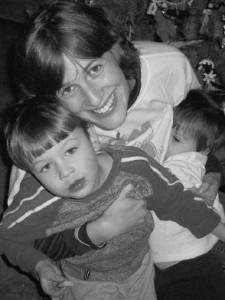
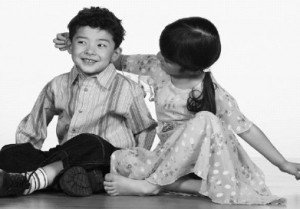 “Mommy, why do you need another Yonatan?” asked my first-born, looking at my growing belly. I hugged him and said, “I do not need another Yonatan. There is no other Yonatan. You are the only ‘you’ there will ever be, and I love you so much.”
“Mommy, why do you need another Yonatan?” asked my first-born, looking at my growing belly. I hugged him and said, “I do not need another Yonatan. There is no other Yonatan. You are the only ‘you’ there will ever be, and I love you so much.”